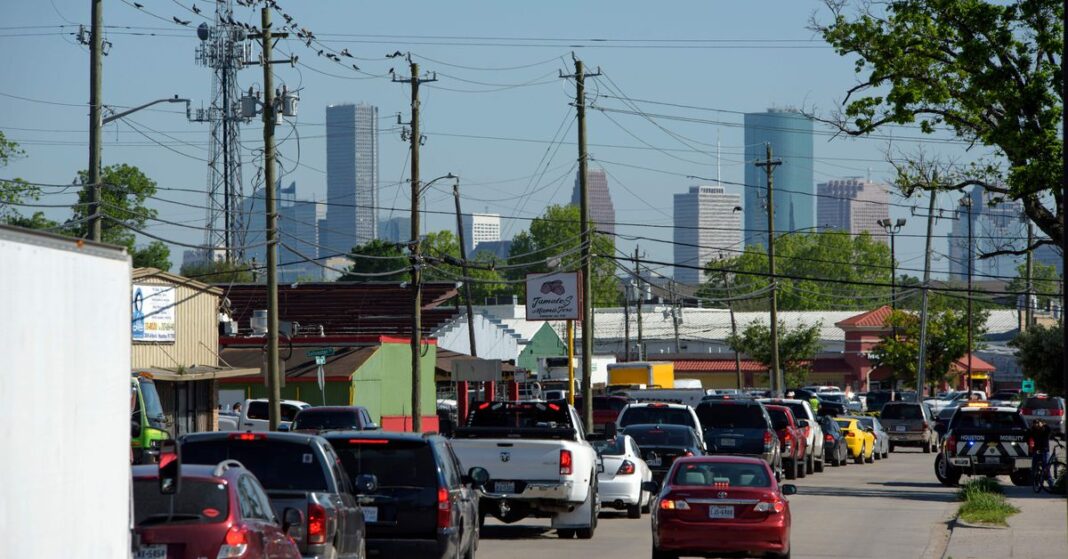Traffic jams are linked to lower birth weights, new research finds. Pregnant people in the most congested neighborhoods gave birth to babies who weighed less than babies in less congested areas, according to a study published today in the journal Science Advances.
A baby with low birth weight faces a greater risk of health complications — from infection to sudden infant death syndrome (SIDS). The new study adds to the body of evidence showing that clearing up pollution from cars and trucks will help babies stay healthier. It shows that it’s not just the volume of traffic that affects air quality and health outcomes — the flow of that traffic matters, too.
A baby with low birth weight faces a greater risk of health complications
Babies born to pregnant people in areas with the most traffic congestion weighed 9 grams less on average, regardless of socioeconomic differences and other environmental exposures, the research found. Nine grams is a very small difference, lead study author Mary Willis, an assistant professor of epidemiology at Boston University, makes clear. On its own, it’s not “clinically significant,” she says. But the consistency of their findings points to a widespread phenomenon that could potentially push some babies into the risky low birthweight category.
Willis and her colleagues estimate that high traffic congestion could affect up to 1.2 million pregnancies per year in the US, more than a quarter of births in the nation. “That translates into potentially substantial impact at the population level,” she says.
The study was conducted in Texas, primarily because the state has great data on traffic congestion. In the past, it was difficult to measure traffic, Willis tells The Verge. Before GPS devices and cell phones, researchers would have to sit at intersections and count cars going by. But thanks to those gadgets becoming commonplace, Willis and her colleagues were able to bypass that tedious process. The team was able to use aggregate data on vehicle speed from those devices and connected vehicles and analyze that alongside data from 579,122 birth certificates from 2015 and 2016.
While tailpipe pollution is never a good thing for health outcomes, stop-and-go traffic adds to the problem
While tailpipe pollution is never a good thing for health outcomes, stop-and-go traffic adds to the problem. The extra wear and tear on tires and brakes add to particulate pollution in the air. Basically, tiny broken-off bits of the equipment — plus dust from the road — become particle pollution. And small particle pollution, which also comes from vehicle exhaust, has already been tied to other risks, including preterm births and stillbirth.
Fortunately, Willis says, easing congestion can potentially be a quicker fix than eliminating pollution from gas-guzzling vehicles. Standards for tailpipe emission are set at the state and federal levels, which has triggered long fights over regulation. Traffic jams, on the other hand, are often tackled by local governments. Willis hopes that means the problem can be tackled more swiftly — especially when infant health is on the line.


